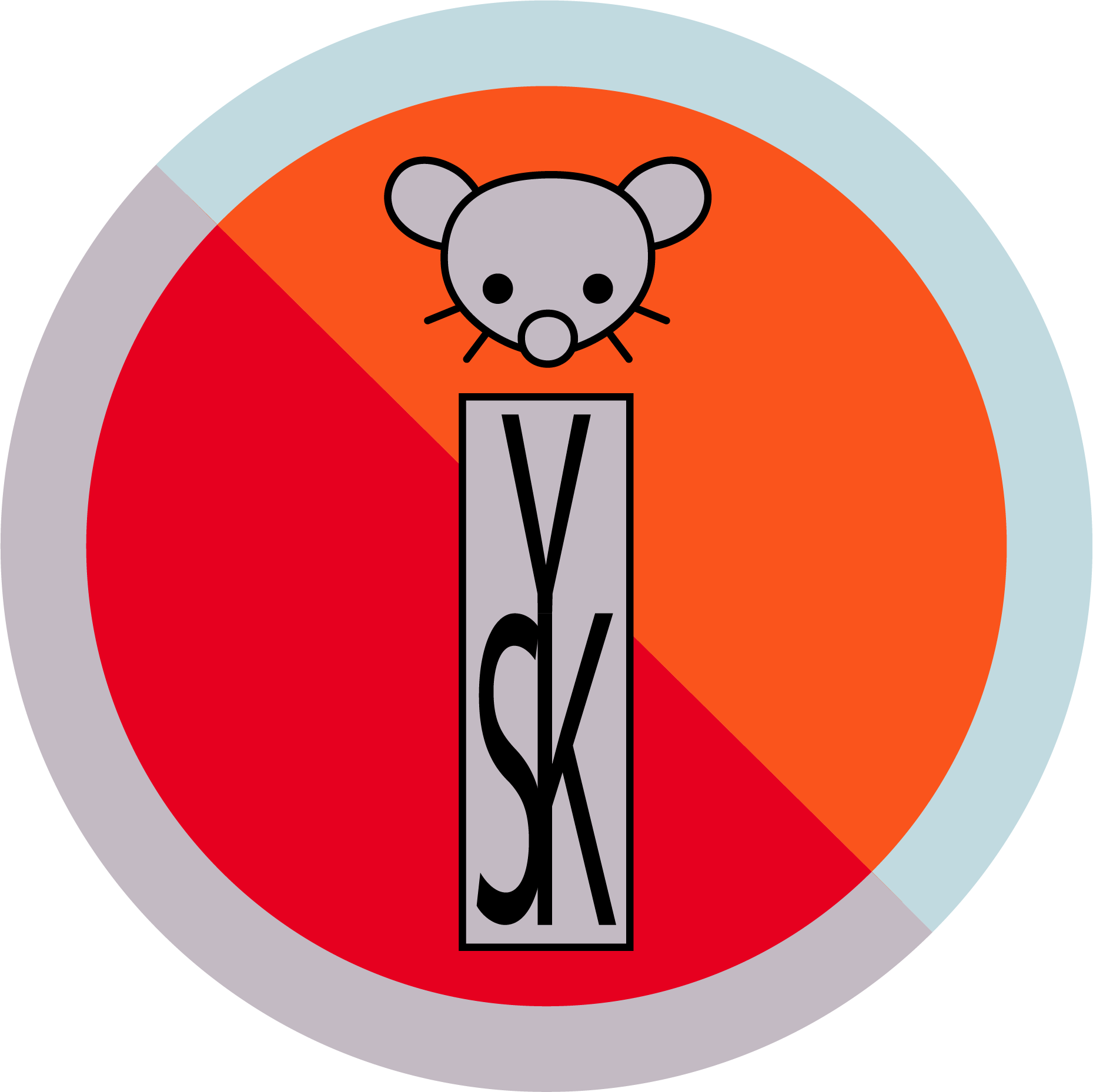

I’ve said it for decades at this point, but we really need to add philosophy to our standard curriculum;
YES!!! I’ve been saying it too! I’d leave out metaphysics other than an introduction to what it is with an example or two. We are seriously lacking in epistemology. I would focus it mainly on epistemology and ethics though.








Big houses kinda suck in many ways. Bigger HVAC system to replace. Bigger roof. More flooring. More paint. More cabinets. More plumbing fixtures. Bigger tax bill. Bigger utility bills. All of that means more time and many to maintain or replace.